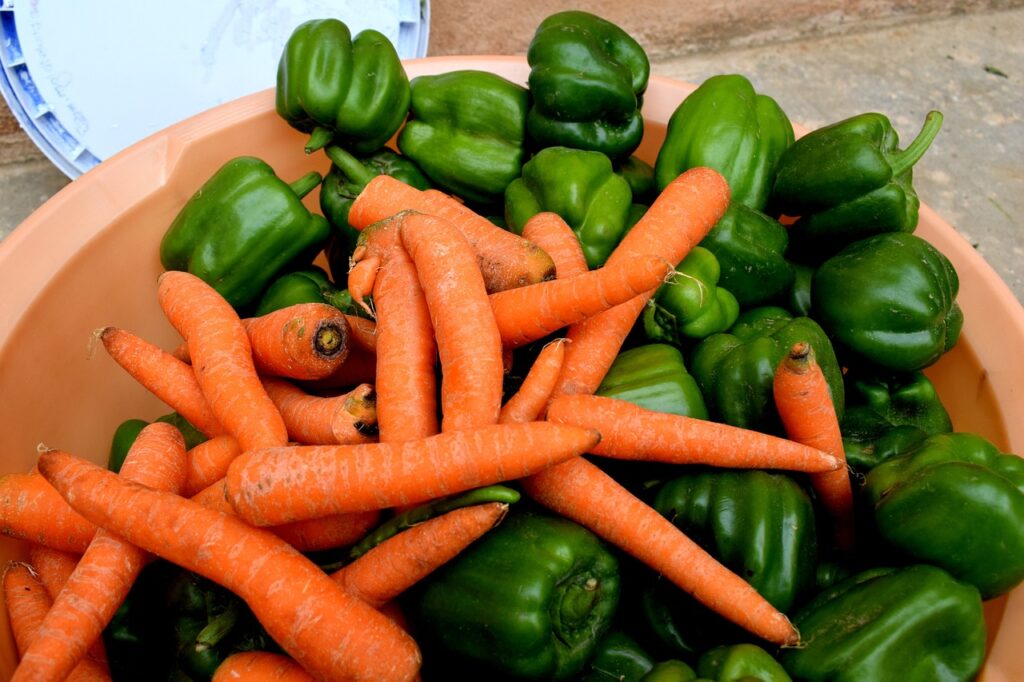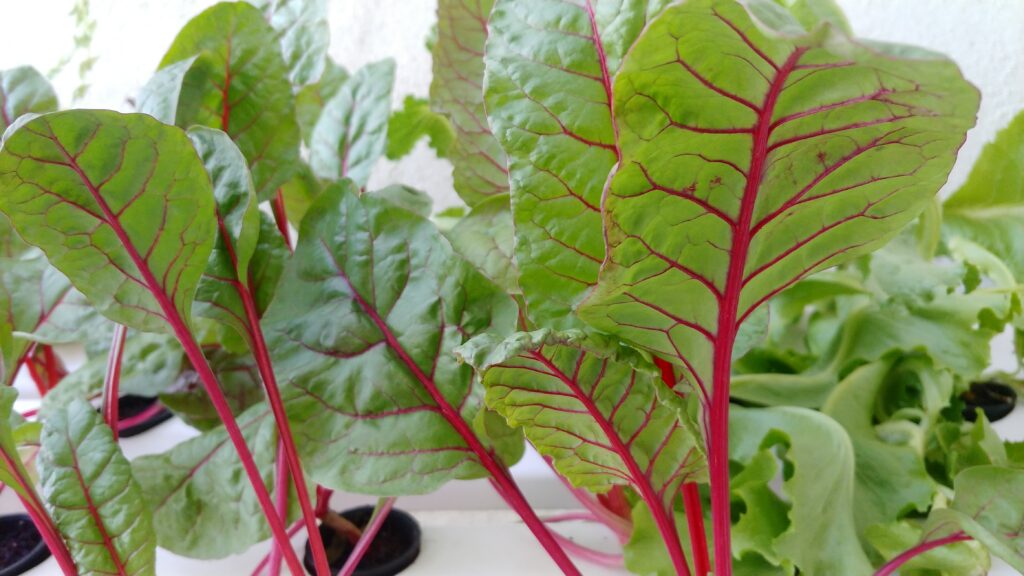Have you ever wondered if hydroponic gardens are worth the investment? With the increasing popularity of indoor gardening, many people are turning to hydroponics as an alternative method of growing plants. But is it really worth the time, effort, and money? In this article, we will explore the benefits and drawbacks of hydroponic gardens, helping you decide if they are the right choice for your gardening needs. So, get ready to uncover the secrets of this innovative gardening technique and discover if hydroponic gardens are truly worth it.
Advantages of Hydroponic Gardens
Conservation of Water
One of the major advantages of hydroponic gardens is their ability to conserve water. Traditional gardening methods require a significant amount of water, as the soil absorbs and retains moisture. However, in hydroponic systems, water is recirculated, resulting in a drastic reduction in water usage. This is especially beneficial in areas that face drought or have limited water resources. With hydroponic gardening, you can grow your plants using only a fraction of the water needed in traditional soil-based methods.
Optimal Nutrient Absorption
In hydroponic gardens, plants receive essential nutrients directly through their root systems. By providing the necessary nutrients in the water solution, plants can absorb them more efficiently compared to traditional gardening. This precise control over nutrient intake allows plants to grow healthier and faster, resulting in higher yields. Additionally, the ability to adjust nutrient levels and ratios based on specific plant requirements ensures optimal growth and overall plant health.
No Soil-Borne Diseases
Soil-borne diseases can often be a challenge for traditional gardeners. Hydroponic gardens eliminate this concern entirely, as they don’t rely on soil. Without soil, the risk of soil-borne diseases such as root rot, fungal infections, or pests is significantly reduced. By growing plants in a sterile and controlled environment, hydroponics provides a clean and disease-free growing system, leading to healthier plants and higher crop yields.
Year-Round Gardening
Another significant advantage of hydroponic gardens is the ability to grow plants year-round, regardless of the external climate. Traditional gardening methods are limited to specific seasons and weather conditions, making it challenging to maintain a continuous harvest. Hydroponics allows you to create an indoor or controlled environment where you can adjust all the necessary parameters for optimal plant growth, including temperature, humidity, and lighting. This means you can enjoy a steady supply of fresh produce throughout the year, regardless of external factors.
Space Efficiency
Hydroponic gardens are highly space-efficient and can be tailored to fit in small urban areas, balconies, or even indoors. Since hydroponic systems don’t rely on soil, you can grow plants vertically or in compact configurations, utilizing space more efficiently. This is particularly advantageous for urban dwellers or individuals with limited garden space. By maximizing the use of available area, hydroponics allows you to grow a greater variety and quantity of plants within a smaller footprint compared to traditional gardening methods.
Disadvantages of Hydroponic Gardens
High Initial Setup Cost
The initial setup cost of a hydroponic garden is often higher compared to traditional gardening. The specialized equipment, such as nutrient solutions, grow lights, pumps, and monitoring systems, can be quite expensive. However, it’s important to consider the long-term benefits and potential return on investment. While the initial investment may be higher, hydroponic gardens offer significant savings in water usage, fertilizers, and ongoing maintenance costs.
Requires Technical Knowledge
Hydroponic gardening requires a certain level of technical knowledge and understanding of the system. Unlike traditional gardening, where you can rely on the natural ecosystem, hydroponic gardens require careful monitoring and adjustment of several factors such as pH levels, nutrient concentrations, and environmental conditions. It is important to have a basic understanding of hydroponic principles and to continuously educate yourself to ensure the success of your garden. However, with the wealth of information available online and through communities, acquiring the necessary knowledge is achievable for anyone interested in hydroponic gardening.
Reliance on Artificial Lighting
Unlike traditional gardening that benefits from natural sunlight, hydroponic gardens heavily rely on artificial lighting sources. This adds to the initial cost and ongoing energy consumption. However, advancements in LED technology have made grow lights more energy-efficient, reducing the overall electricity requirements. It is important to carefully select the right type and intensity of lighting for your plants to ensure optimum growth. Although the reliance on artificial lighting might seem like a disadvantage, it also provides the flexibility to grow plants in areas with limited natural light or in regions with short growing seasons.
Power Outage Vulnerability
One of the potential disadvantages of hydroponic gardens is their vulnerability to power outages. Without electricity to power the pumps, lights, and other equipment, the plants may suffer from lack of water circulation, nutrient delivery, or adequate light. In situations where power outages are frequent or prolonged, it is necessary to have backup power sources such as generators or batteries to ensure the continuous operation of the system. Planning and preparing for such scenarios can help mitigate this potential concern.
Maintenance and Monitoring
Hydroponic gardens require regular maintenance and monitoring to ensure optimal plant growth and preventing any potential issues. This includes checking and adjusting nutrient levels, monitoring pH and EC (electrical conductivity), maintaining proper water temperature, cleaning and sterilizing equipment, and addressing any signs of disease or nutrient deficiencies promptly. While this regular maintenance can be time-consuming, it is essential for the success of your hydroponic garden. Investing time and effort in maintenance and monitoring will greatly reduce the risk of problems and ensure a thriving garden.
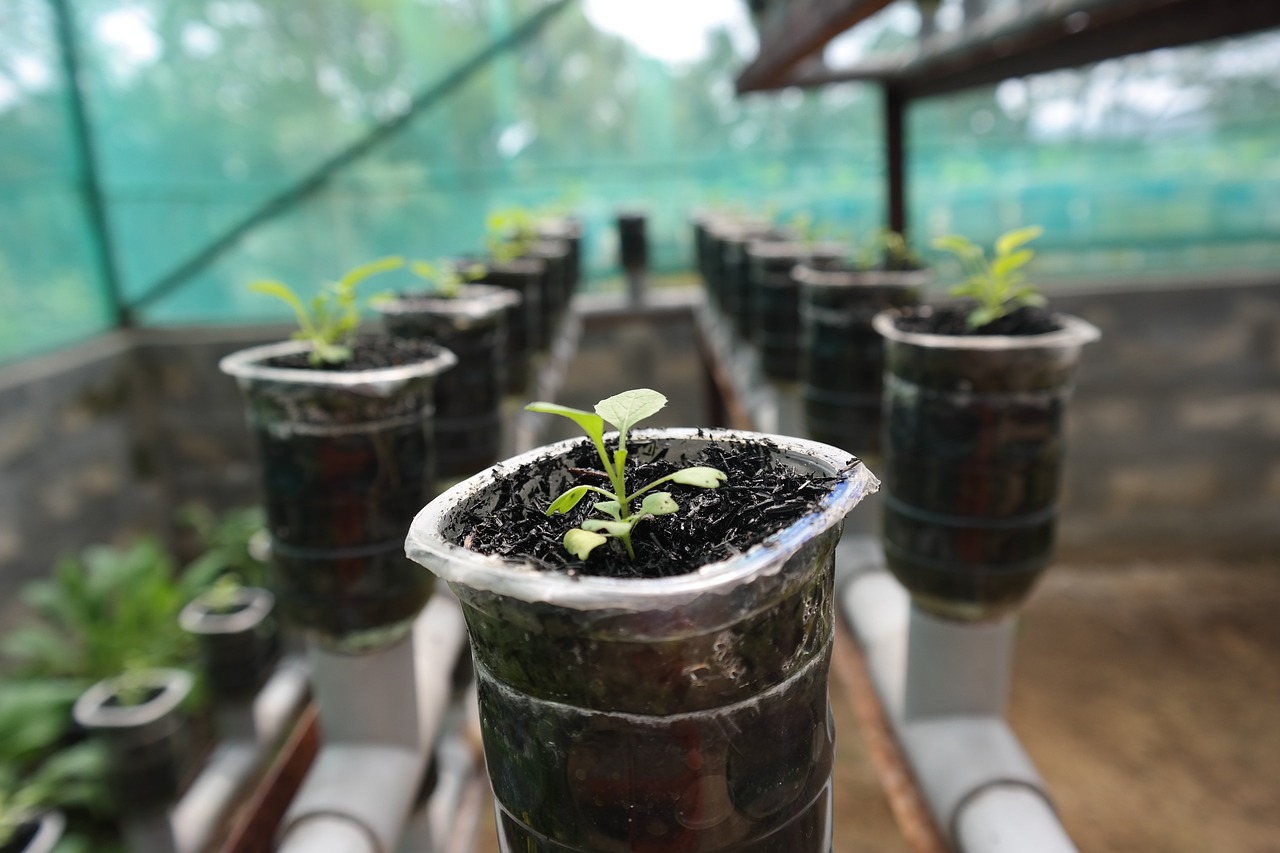
Types of Hydroponic Systems
Nutrient Film Technique (NFT)
The Nutrient Film Technique (NFT) is a popular hydroponic system that relies on a continuous flow of a thin nutrient film across the plant’s roots. Plants are placed on an angled channel or trough, and a thin layer of nutrient solution constantly flows past the roots. Excess solution is collected and recirculated, minimizing water waste. NFT systems are suitable for small to medium-sized plants with shallow root systems, making them ideal for growing leafy greens, herbs, and smaller vegetables.
Drip System
Drip systems, also known as the recovery or non-recovery drip systems, involve the delivery of nutrient solution to the plant roots through a network of tubes and emitters. A pump delivers the nutrient solution to the plants at regular intervals, allowing the excess solution to be collected and reused. Drip systems are versatile and can be used for various plant sizes, making them suitable for both home gardening and commercial applications.
Deep Water Culture (DWC)
Deep Water Culture (DWC) is a hydroponic system where plants are suspended in a nutrient solution, allowing their roots to directly contact the oxygenated water. Typically, plants are placed in floats or net pots, which keep them afloat while their roots are submerged. Air stones or diffusers are used to oxygenate the water, creating an ideal environment for root development. Deep Water Culture systems are relatively easy to set up and maintain, making them suitable for beginners and home gardeners.
Aeroponics
Aeroponic systems are characterized by plants being suspended in air, with their roots exposed and intermittently misted with a nutrient solution. The roots receive both moisture and nutrients from the mist, while oxygen is provided by the surrounding air. This type of system allows for maximum oxygenation and nutrient absorption, resulting in rapid plant growth. Aeroponics is particularly well-suited for growing plants with high oxygen requirements, such as strawberries, lettuce, and herbs.
Wick System
Wick systems are one of the simplest and most passive hydroponic systems. In this method, a wick made of fabric or other absorbent material delivers the nutrient solution from a reservoir to the plant roots. The wick acts as a capillary, drawing up the solution to the plants. Wick systems are low-cost, easy to set up, and do not require electricity or pumps. However, they are best suited for smaller plants and may not provide sufficient nutrients for larger, high-yield crops.
Choosing the Right Hydroponic Setup
Available Space
When choosing the right hydroponic setup, the available space is a crucial factor to consider. Determine how much space you can dedicate to your hydroponic garden and choose a system that best fits within that space. Some systems, such as vertical towers or NFT channels, maximize the use of vertical space, while others, like DWC or Aeroponics, require more horizontal area. Take accurate measurements and ensure that the chosen system can be comfortably accommodated within the given space.
Budget Constraints
Your budget will play a significant role in determining the type of hydroponic setup you can afford. Consider both the initial setup costs and the ongoing expenses, such as electricity and maintenance. While some systems may have a higher initial investment, they may offer long-term savings in terms of water usage and increased crop yields. Carefully evaluate your budget constraints and weigh the benefits and costs of each system before making a decision.
Level of Involvement
Another factor to consider is your level of involvement and the amount of time you can dedicate to your hydroponic garden. Some systems, such as Deep Water Culture or Wick systems, are relatively low-maintenance and require minimal monitoring and adjustment. On the other hand, more complex systems like NFT or Aeroponics may demand greater attention and regular monitoring of nutrient levels, pH, and environmental factors. Assess your availability and commitment to ensure you choose a system that matches your desired level of involvement.
Crop Selection
Different hydroponic systems are better suited for specific crops. Consider the types of plants you wish to grow in your hydroponic garden and choose a system that can accommodate their specific needs. Leafy greens and herbs, for example, thrive in NFT or DWC systems, while larger plants like tomatoes or cucumbers may require a more robust system like drip irrigation or Aeroponics. Understanding the requirements of your chosen crops will guide you towards selecting the most suitable hydroponic setup.
Climate Considerations
Hydroponic systems allow you to create a controlled environment regardless of the external climate. Consider the specific requirements of your chosen crops regarding temperature, humidity, and light. If you live in an area with extreme seasonal variations or limited sunlight hours, artificial lighting and environmental control systems may be necessary. On the other hand, if you reside in an area with suitable growing conditions, you may be able to rely more on natural lighting and ambient temperature. Adjusting your hydroponic setup based on the local climate will optimize plant growth and yield.
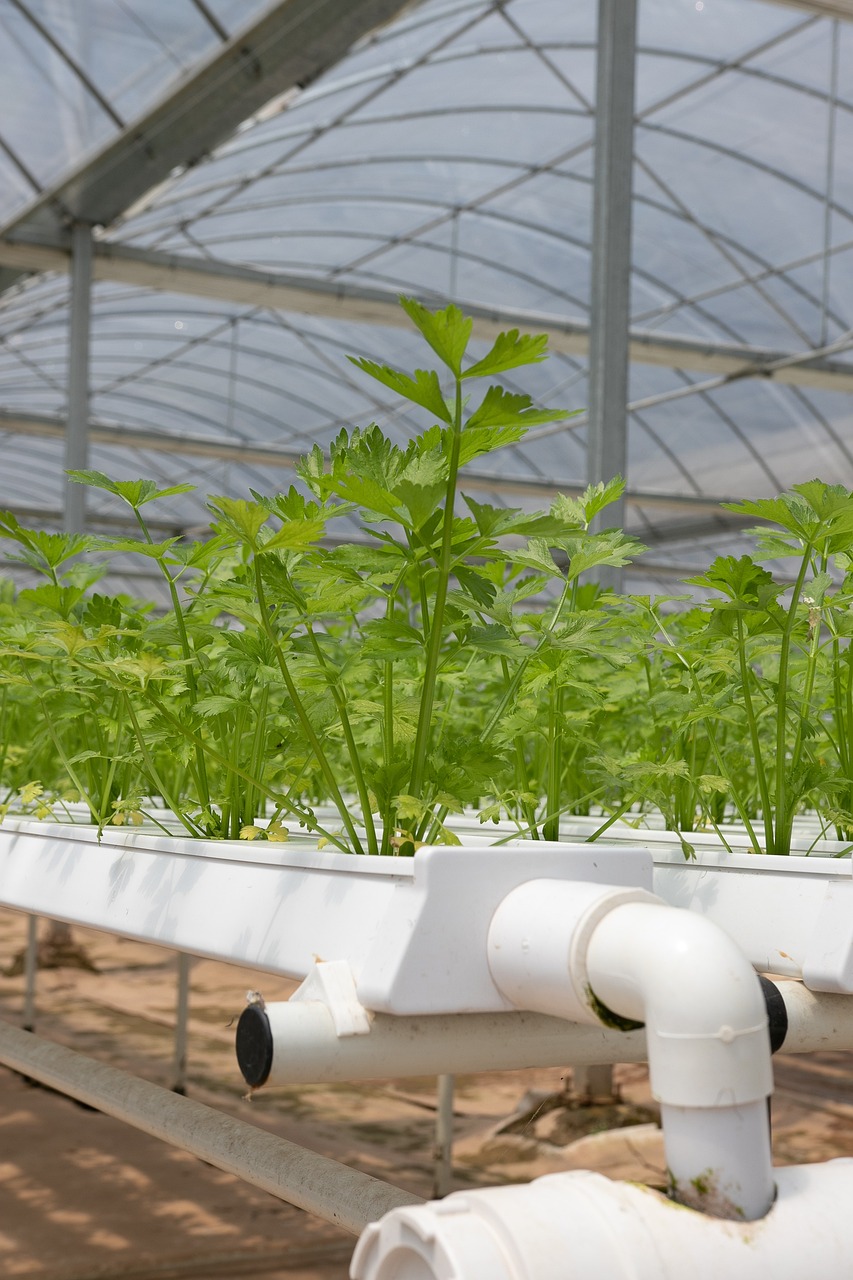
Cost Analysis of Hydroponic Gardens
Initial Investment
The cost of setting up a hydroponic garden varies depending on the chosen system and the scale of the operation. Factors such as the size of the garden, the complexity of the system, and the equipment required will determine the initial investment. High-tech systems like Aeroponics or advanced LED grow lights can be more expensive, while simpler systems like DWC or NFT can be more cost-effective. It is important to carefully evaluate the initial investment against the long-term benefits and potential return on investment.
Operating Costs
In addition to the initial setup cost, hydroponic gardens also have ongoing operating costs. These include electricity costs for lighting and equipment, water costs if not using recirculation systems, and costs for nutrient solutions and any supplements or additives. However, operating costs for hydroponic gardens are generally lower compared to traditional gardening methods. Water usage is significantly reduced, as water is recirculated, and the precise control over nutrient absorption reduces the need for excessive fertilizers.
Return on Investment
To determine the return on investment (ROI) of a hydroponic garden, several factors need to be considered. These include the value of the crops produced, the cost savings achieved compared to traditional gardening, and the potential increase in yields and quality. While the initial investment in hydroponics may be higher, the ability to grow crops year-round and the increased efficiency of nutrient absorption can result in a higher ROI over time. Careful planning, crop selection, and market analysis can help maximize the return on investment.
Long-Term Savings
Hydroponic gardens offer significant long-term savings compared to traditional gardening methods. The precise control over nutrient absorption eliminates the need for excessive fertilizers, reducing ongoing expenses. Additionally, the recirculation of water in hydroponic systems drastically reduces water consumption, resulting in lower water bills. With proper maintenance and careful monitoring, hydroponic gardens can provide continuous savings and reduce the reliance on external resources.
Economic Viability
The economic viability of a hydroponic garden depends on various factors, including market demand, crop selection, and local pricing. Understanding the market dynamics and identifying the demand for specific hydroponically grown crops is crucial for determining economic viability. Additionally, considering the cost-saving benefits and potential increase in crop yields compared to traditional gardening can further enhance the economic feasibility of hydroponics. Careful research, market analysis, and thorough planning are essential for establishing a successful and economically viable hydroponic garden.
Environmental Impact of Hydroponic Gardens
Water Conservation
Hydroponic gardens are inherently water-efficient compared to traditional gardening methods. With the use of recirculating systems, water consumption is significantly reduced. The precise control over nutrient absorption and water delivery ensures that plants receive only the necessary amount of water, minimizing wastage. This is particularly important in regions facing water scarcity or where the sustainable use of water resources is crucial. By conserving water, hydroponic gardens contribute to the overall sustainability of agricultural practices.
Reduced Land Usage
Traditional gardening methods require vast areas of land for cultivation, often leading to deforestation and loss of natural habitats. Hydroponic gardens, on the other hand, require significantly less space due to their space-efficient nature. By growing plants vertically or in compact configurations, hydroponic systems maximize the use of available area, reducing the need for large agricultural expanses. This reduced land usage helps in preserving natural ecosystems and promoting sustainable agricultural practices.
Pesticide and Herbicide Reduction
In hydroponic gardens, plants are grown in a controlled and sterile environment, eliminating the need for pesticides or herbicides. Without soil, the risk of pests, diseases, and weeds is reduced. This allows for the cultivation of pesticide-free produce, promoting healthier and safer food choices. Hydroponics provides an environmentally friendly alternative to traditional farming, reducing the overall use of chemicals in agriculture and positively impacting local ecosystems.
Lower Carbon Footprint
Hydroponic gardens contribute to a reduced carbon footprint compared to traditional gardening methods. By growing crops locally and throughout the year, hydroponics reduces the need for long-distance transportation and reduces emissions associated with transportation. Additionally, the controlled environment and precise nutrient delivery in hydroponic systems result in higher crop yields, reducing the need for large-scale cultivation and minimizing the overall environmental impact. The lower carbon footprint of hydroponic gardens aligns with the goals of sustainable and eco-friendly agriculture.
Year-Round Local Produce
Hydroponic gardening enables the production of local, fresh produce regardless of the climatic conditions or the external growing season. By creating an indoor or controlled environment, hydroponic gardens can provide a consistent supply of local produce throughout the year. This is particularly beneficial in regions with limited access to fresh fruits and vegetables during specific seasons. The availability of year-round local produce promotes food security, reduces the reliance on imports, and strengthens local communities.
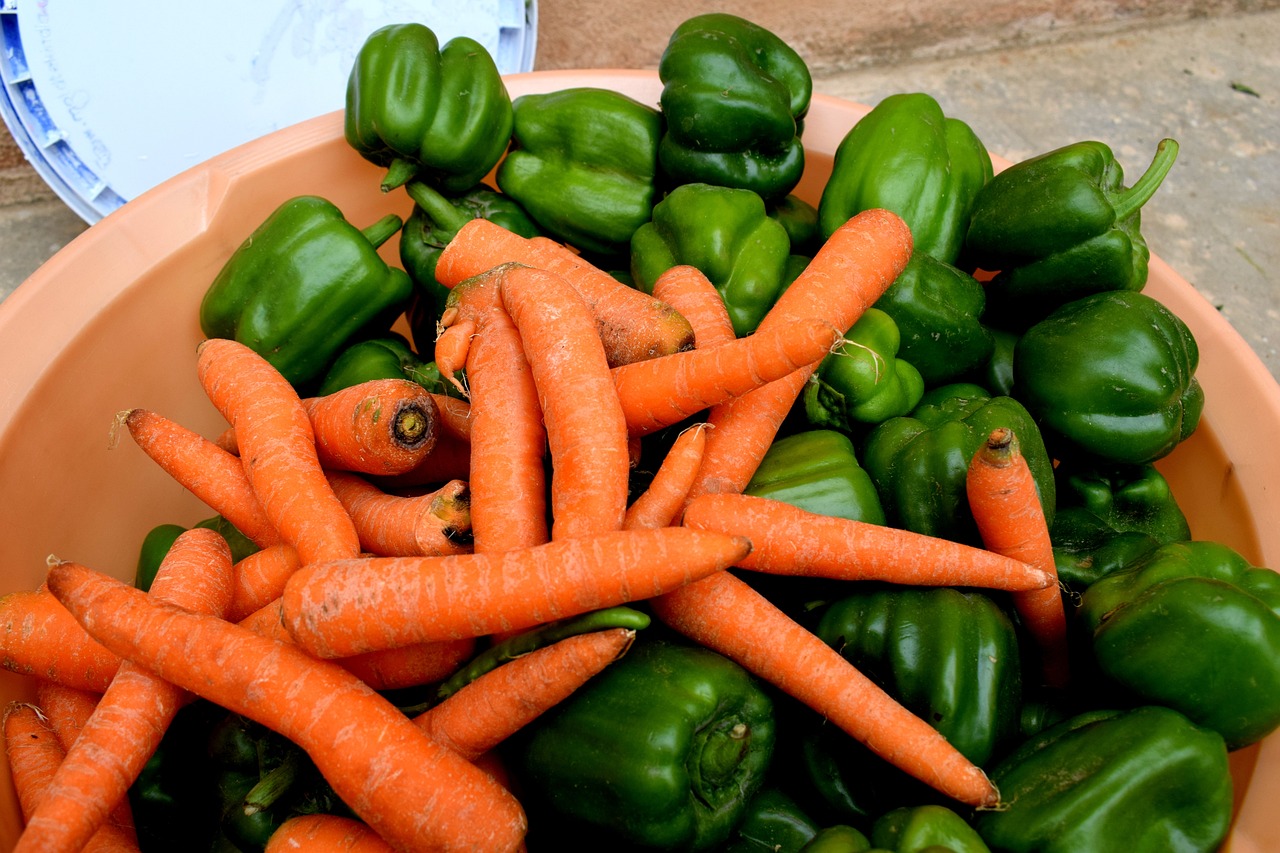
Hydroponic vs. Traditional Gardening
Yield and Growth Rate
Hydroponic gardens typically achieve higher yields and faster growth rates compared to traditional gardening methods. The precise control over nutrient delivery, optimized growing conditions, and reduced risk of diseases and pests contribute to increased growth rates. Additionally, hydroponic systems provide plants with continuous access to essential nutrients, eliminating nutrient deficiencies that can slow down growth. These factors combined result in higher productivity and improved crop yields compared to traditional gardening.
Water Usage
Traditional gardening methods often require a significant amount of water due to evaporation, runoff, and the absorption of water by surrounding soil. Hydroponic gardens, with their recirculating systems, can reduce water consumption by up to 90% compared to soil-based cultivation. The controlled water delivery in hydroponics ensures that plants receive only the necessary amount of water, minimizing wastage. This efficient water usage is not only beneficial for water conservation but also leads to cost savings and increased sustainability.
Nutrient Availability
Nutrient availability in hydroponic gardens is precisely controlled and optimized for each plant species. By providing essential nutrients directly to the roots, plants can absorb them more efficiently, resulting in accelerated growth and improved overall health. In traditional gardening, nutrient availability is influenced by soil quality and composition, which can vary significantly and often leads to nutrient deficiencies or imbalances. Hydroponic systems allow for a precise and targeted approach to nutrient delivery, ensuring the plants receive all the necessary elements for healthy growth.
Weed Control
Traditional gardening methods often require manual weed removal, which can be time-consuming and challenging to completely eradicate. In hydroponic gardens, there is no soil, eliminating the space for weeds to grow. Without competition from weeds, plants can thrive and utilize all available resources for growth. This significantly reduces the need for herbicides or manual weeding, making hydroponics a more efficient and environmentally friendly option when it comes to weed control.
Space Requirements
Hydroponic gardens are more space-efficient compared to traditional gardening methods. The ability to grow plants vertically or in compact configurations allows for maximum utilization of available area. Traditional gardening requires significant space for plants to spread their roots and access nutrients from the soil. In hydroponics, plants rely on a nutrient-rich water solution, eliminating the need for expansive root systems. This space efficiency is particularly advantageous in urban areas or regions with limited gardening space.
Best Crops for Hydroponic Gardens
Leafy Greens
Leafy greens, such as lettuce, spinach, kale, and Swiss chard, are among the best crops for hydroponic gardens. These plants have shallow root systems and fast growth rates, making them well-suited for hydroponic systems like NFT or DWC. Leafy greens thrive in nutrient-rich environments and can be continuously harvested for fresh salads and other culinary uses.
Herbs
Herbs such as basil, parsley, mint, and cilantro are well-suited for hydroponic gardens. The controlled environment and optimized nutrient delivery in hydroponics result in vibrant and flavorful herbs. These plants can be grown in various systems, including NFT, DWC, or even Aeroponics. Having fresh herbs readily available in your hydroponic garden can greatly enhance the taste and quality of your culinary creations.
Tomatoes
Tomatoes are popular crops in hydroponic gardens due to their high-yield potential and widespread demand. Growing tomatoes hydroponically offers several advantages, including disease prevention, precise nutrient control, and optimal growing conditions. Stake or trellis systems are commonly used to support the weight of the tomato plants as they grow and produce delicious, juicy fruits.
Cucumbers
Cucumbers are another excellent crop choice for hydroponics. They require ample space for vertical growth and benefit from the precise control of nutrient delivery that hydroponics provides. With proper support and pruning techniques, cucumber plants can produce abundant, high-quality fruits. Whether you prefer slicing cucumbers or want to try your hand at pickling, hydroponically grown cucumbers can supply your needs year-round.
Strawberries
Strawberries are a delightful addition to hydroponic gardens, providing sweet and juicy berries that are perfect for snacking or using in desserts. Hydroponic systems like NFT or Aeroponics can effectively support strawberry plants, allowing them to thrive and produce fruits continuously. The ability to grow strawberries off the ground in a clean, sterile environment reduces the risk of soil-borne diseases or pests, resulting in healthier and more luscious berries.
Common Challenges in Hydroponic Gardening
Managing pH Levels
Maintaining the optimal pH level is a critical aspect of successful hydroponic gardening. Different plants have specific pH requirements for nutrient absorption, and any deviation from the ideal range can lead to nutrient deficiencies or toxicities. Regular monitoring and adjustment of the pH level in the nutrient solution are essential to ensure optimal plant growth. Testing kits and pH adjustment solutions are readily available to help you properly manage the pH in your hydroponic system.
Preventing Root Rot
Root rot, caused by fungal or bacterial overgrowth, can be a common challenge in hydroponic gardens. This can occur due to factors such as excessive moisture, improper ventilation, or contaminated water or equipment. Regular inspections, proper sterilization techniques, and appropriate airflow can help prevent root rot. Maintaining a clean and sterile growing environment, as well as using beneficial root inoculants, can help inhibit the growth of pathogens and promote healthy root development.
Maintaining Nutrient Balance
Achieving and maintaining the correct nutrient balance is crucial for the success of hydroponic gardens. Each plant has unique nutrient requirements, and ensuring the correct ratios and concentrations is essential for optimum growth. Monitoring the nutrient levels regularly and adjusting them as needed is important to prevent nutrient deficiencies or toxicities. Quality nutrient solutions and supplements specifically designed for hydroponics can help maintain the necessary nutrient balance and promote healthy plant growth.
Controlling Temperature
Temperature control is vital in hydroponic gardens, as plants have specific temperature preferences for optimal growth. Extreme temperature fluctuations or prolonged exposure to high or low temperatures can negatively affect the overall health and productivity of the plants. In hot climates, it may be necessary to incorporate cooling systems such as fans or evaporative coolers. In colder regions, insulation and heating systems can help maintain the desired temperature range. Continuous monitoring and adjustment of temperature levels can help ensure a favorable growing environment.
Avoiding Algae Growth
Algae growth can be a common challenge in hydroponic gardens, especially in systems with exposed water surfaces or excessive sunlight exposure. Algae can compete with plants for nutrients and light, leading to stunted growth or nutrient deficiencies. To prevent algae growth, it is important to maintain proper water circulation, minimize sunlight exposure, and regularly clean and sterilize equipment. Light-blocking materials or screens can be used to limit algae growth by reducing light penetration into the water reservoir.
Successful Hydroponic Gardening Tips
Choose Reliable Equipment
Investing in high-quality and reliable equipment is essential for successful hydroponic gardening. From nutrient pumps to grow lights, ensure that you choose equipment that is designed specifically for hydroponic systems. Research different brands and read reviews to find durable and efficient equipment that will provide consistent performance throughout the lifespan of your garden. Investing in reliable equipment from the start will save you time, money, and frustration in the long run.
Monitor and Adjust pH Regularly
Regular monitoring and adjustment of pH levels are crucial in hydroponic gardening. Invest in a quality pH meter or testing kit and regularly check the pH of your nutrient solution. Make the necessary adjustments to keep the pH within the optimal range for your specific plants. This will ensure that nutrients are readily available for absorption, preventing nutrient deficiencies or toxicities. Regular pH monitoring is a simple yet important task that greatly contributes to the success of your hydroponic garden.
Ensure Proper Ventilation
Adequate ventilation is essential in hydroponic gardens to promote healthy plant growth and prevent the buildup of moisture and stagnant air. Fresh airflow helps maintain optimal temperature and humidity levels, reduces the risk of fungal or bacterial growth, and supplies ample carbon dioxide to support photosynthesis. Install fans or exhaust systems to ensure proper air circulation, and consider opening windows or using air conditioning if growing indoors. Proper ventilation will promote vigorous plant growth and overall garden health.
Maintain a Clean Environment
Hygiene and cleanliness are vital in hydroponic gardens to prevent the growth of pathogens or pests. Regularly clean and sterilize all equipment, including grow trays, tubing, and reservoirs, to keep your garden free from contamination. Ensure that you use sterile growing media and fresh nutrient solutions to reduce the risk of introducing harmful organisms to your plants. A clean environment will greatly reduce the likelihood of diseases or pest infestations and contribute to the overall success of your hydroponic garden.
Learn from Experienced Hydroponic Gardeners
One of the best ways to improve your hydroponic gardening skills is to learn from experienced growers. Join online forums, attend workshops, or participate in community gardening events to connect with seasoned hydroponic gardeners. They can provide valuable insights, tips, and tricks based on their own experiences. Learning from those who have already overcome challenges and achieved success in hydroponic gardening will help you avoid common pitfalls and enhance your own gardening skills.
In conclusion, hydroponic gardens offer numerous advantages over traditional gardening methods. From conserving water and optimal nutrient absorption to year-round gardening and space efficiency, hydroponics provide an innovative and sustainable approach to growing plants. While there may be some initial setup costs and a learning curve associated with hydroponic gardening, the long-term benefits in terms of reduced environmental impact, increased productivity, and economic viability make it worth considering. By carefully selecting the right hydroponic setup, choosing suitable crops, and implementing effective maintenance practices, you can enjoy the benefits of hydroponic gardening and reap the rewards of fresh, nutritious produce all year round.
